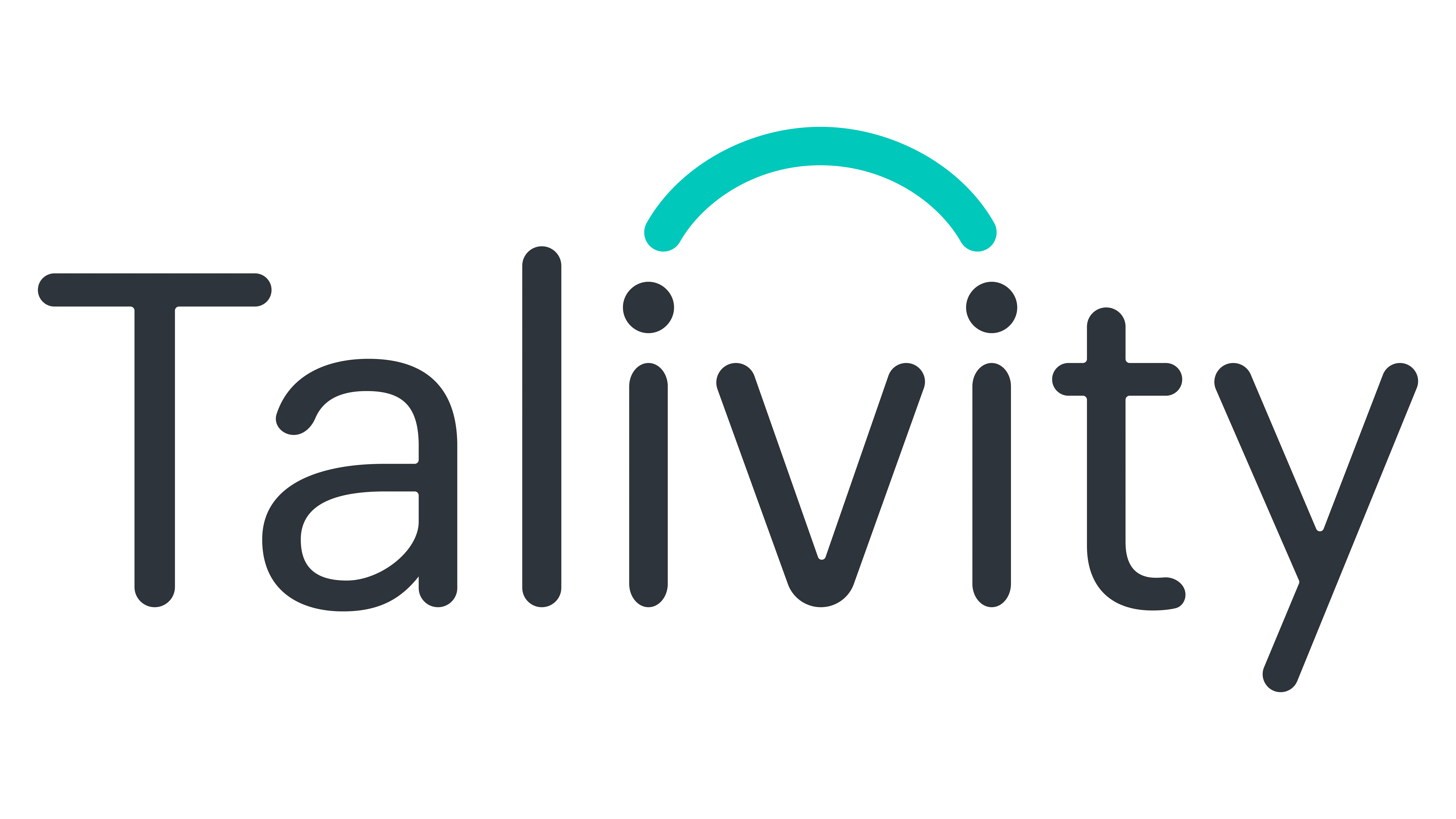Find the right solution for your business.
Explore SolutionsTo get content like the CollabWORK talent survey and more delivered to your inbox, subscribe to our newsletter here. It’s free!
Talent acquisition professionals are tasked with a ton of responsibilities. Among them, job descriptions are one of those tedious tasks that are not always prioritized. It’s easy to simply copy and paste descriptions of job postings past and move on to the next task.
However, job descriptions are one of the most important aspects of the hiring process. The importance of a well-crafted, clear and transparent job description cannot be overstated. They serve as the gateway for setting proper expectations for exceptional talent off the bat, safeguarding your organization, its current employees and prospective applicants alike.
The first-ever talent survey from CollabWORK brings new insights into the evolving expectations of job seekers. It underscores the increasing demand for job description clarity and transparency, along with other valuable insights.
The insights from their report signal a shift towards more transparent recruitment practices, reflecting a broader trend within the workforce towards open and transparent communication.
The Need for Clarity in Job Descriptions
Crafting a compelling job description demands more attention than you may realize. Your job description should provide detail and clarity, aiming to eliminate any room for ambiguity.
According to key findings from the talent survey, 50% of candidates perceive vague job descriptions as a major red flag. Candidates are increasingly seeking transparency in their potential roles. It’s not merely a preference but an expectation from job seekers that job descriptions be clear and comprehensive.
Keep the following in mind to ensure your job descriptions are crystal clear:
- The language used should be precise and in the present tense
- It should actively outline the job’s requirements
- Provide detailed explanations of when, where, why or how tasks should be performed
This level of detail minimizes misunderstandings between employers and employees, ensuring that both parties have a clear understanding of what is expected.
This is more than just a trend—it’s a reflection of a deeper change in how candidates engage with potential employers. They want to make informed decisions based on transparent and comprehensive job descriptions, marking a move towards more open and honest communication in the recruitment process.
The Importance of Transparency in Job Descriptions
Transparency in job descriptions brings several advantages for both employers and potential employees. Well-crafted, transparent job descriptions enhance recruitment strategies by ensuring that only candidates who truly align with your role’s requirements and compensation expectations apply.
Moreover, transparency in job descriptions signals a deeper value alignment between the employer and potential employees. It assures candidates that your organization values honesty and open communication, traits highly regarded by both current and future employees.
This openness fosters a positive perception of your employer brand, contributing to a more engaged and satisfied workforce. It also streamlines the hiring process and increases the likelihood of a long-term hire.
When it comes to transparency in job descriptions, almost all applicants are looking for two key pieces of information:
- Salary range
- Hiring process
Why You Need to Include Salary Range in Job Descriptions
One of the most critical aspects of transparency is the open sharing of salary ranges. This sets clear expectations and demonstrates your commitment to fairness and equity in compensation. Detailed salary ranges serve as a benchmark for crafting competitive compensation packages, essential for attracting the best talent in the industry.
By aligning salary expectations with market standards, you can position your organization as an employer of choice.
Check out the Onward Search 2024 Salary Guide, which includes salaries and motivations of the most in-demand unicorn candidates across competitive sectors like AI, customer service, marketing and much more.
Transparently sharing salary ranges in job postings is particularly effective in attracting younger talent, such as Millennials and Gen Z. These demographics value openness about compensation and are likely already discussing salary information among their peers anyway. Hence, a transparent approach can significantly enhance an employer’s brand, making it more appealing to these key segments of the workforce.
Provide Your Step-by-Step Hiring Process
A concise summary of the steps involved in your hiring process can significantly enhance the candidate experience by setting clear expectations from the get-go. Include details like how many rounds of interviews they can expect, who they will be meeting with, and what types of assessments or assignments might be involved.
This level of transparency demonstrates your respect for the candidate’s time and effort. It shows that you value their engagement in the process and want to provide them with all the information they need to prepare and make informed decisions.
Moreover, a clear hiring process overview can help you attract more qualified and committed candidates. Those who understand and appreciate your hiring approach are more likely to invest themselves fully in the process, leading to better-fit hires and reducing the risk of candidates ghosting you in the final stretch.
The inclusion of detailed salary ranges and a transparent overview of your hiring process not only facilitates a smoother recruitment process but also enhances the company’s reputation. It positions you as a transparent, equitable and desirable workplace. It will particularly appeal to top talent looking for an organization that shares their values.
Key Elements of an Effective Job Description
A compelling job description is more than a list—it’s the first touchpoint between your company and the best talent available. It’s not enough to have the same basic information as everyone else.
To truly stand out and attract the best, you need more than a solid foundation. You also need to give the details that highlight the unique opportunities and truly make your open roles stand out.
Foundation of Every Job Description
- Job Title: Clear and reflective of the role’s duties and level within the organization.
- Scope of Position: A brief overview that encapsulates the role’s impact within the company.
- Responsibilities and Duties: Detailed tasks the employee will undertake, using active language to convey expectations.
- Education and Licensure Requirements: Specify the minimum educational background and any professional licenses required.
- Classification: Indicate whether the position is full-time, part-time or contract, and clarify if it is exempt or non-exempt from overtime regulations.
- Work Location: Specify if the role is on-site, hybrid or fully remote, offering clarity on workplace flexibility.
- Physical Requirements: If applicable, describe the physical tasks or environment associated with the job, ensuring ADA compliance.
How to Make Your Job Description Truly Stand Out
These are the top four things candidates wish job descriptions should include:
- Salary/Pay: Stating the salary range upfront meets the contemporary job seeker’s expectations for transparency and will set your organization apart. This approach respects candidates’ desire for clear, upfront information, helping them decide if the opportunity aligns with their financial goals.
- Hiring Process Overview: A concise summary of the steps involved in your hiring process can significantly enhance the candidate’s experience by setting clear expectations from the outset. Include how many rounds of interviews they can expect, who they will be meeting with, etc.
- Career Development Opportunities: Detailing paths for growth and learning within the company addresses candidates’ long-term career aspirations, making your organization more attractive to those looking for professional advancement.
- Detailed Benefits: Highlighting benefits such as healthcare, retirement plans and unique perks such as wellness programs or flexible working arrangements will make your job description more appealing. Benefits are a significant factor in a candidate’s decision-making process, and clarity about what your company offers can distinguish your role from others.
How Clear and Transparent Job Descriptions Ensure Legal Compliance
Job descriptions serve as a foundational document that delineates the essential functions, responsibilities and qualifications of a position. By crafting these descriptions with a keen eye on compliance, you can safeguard the organization against potential legal challenges related to discrimination, wage and hour disputes, and accommodation requirements under laws such as the Americans with Disabilities Act (ADA), Age Discrimination in Employment Act (ADEA) and the Fair Labor Standards Act (FLSA).
In addition, transparency and clarity in job descriptions further enhance this protection by ensuring all parties are aligned and have a clear understanding of job expectations and compensation. This is critical in avoiding misunderstandings that could lead to allegations of misclassification, unequal pay or discrimination.
For instance, accurately stating the exempt or non-exempt status of a position directly impacts overtime eligibility, an area heavily regulated under the FLSA.
Similarly, clear articulation of the physical requirements of a job can preempt ADA-related accommodation issues by ensuring that applicants with disabilities are aware of the essential functions of the position.
The complicated legal landscape requires you to be more vigilant than ever in how you construct job descriptions. For example, many states have adopted laws that go beyond the federal Equal Pay Act of 1963, introducing requirements around salary transparency and bans on salary history inquiries.
Integrating legal compliance into the fabric of job descriptions is a critical strategy for mitigating risk. You must navigate the complicated web of employment laws carefully, using job descriptions as a shield against potential legal pitfalls. By doing so, you not only ensure a smoother recruitment process but also build a foundation of trust and transparency with your current and future employees.
More Talent Survey Insights
Crafting job descriptions that are not only compliant with legal standards but also resonate with the values and expectations of today’s job seekers is a strategic advantage. Transparent job descriptions display your commitment to fairness, equity and open communication—attributes highly valued by today’s workforce.
Be sure to regularly revisit and update your job descriptions to make sure they remain relevant, legally compliant, and aligned with the latest industry trends and candidate expectations.
Download the full CollabWORK talent survey to get more valuable talent acquisition trends such as:
- The importance of communities in driving candidate conversions
- How applicants are leveraging AI in the hiring process
Don’t miss out on these valuable findings – download now and take your talent acquisition strategies to the next level!
For a comprehensive list of talent acquisition tools like CollabWORK and more, visit our marketplace today. Happy hiring!


